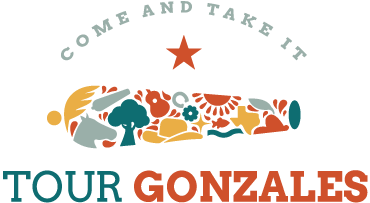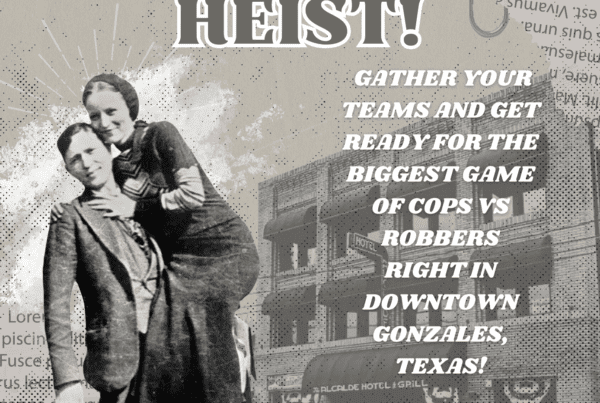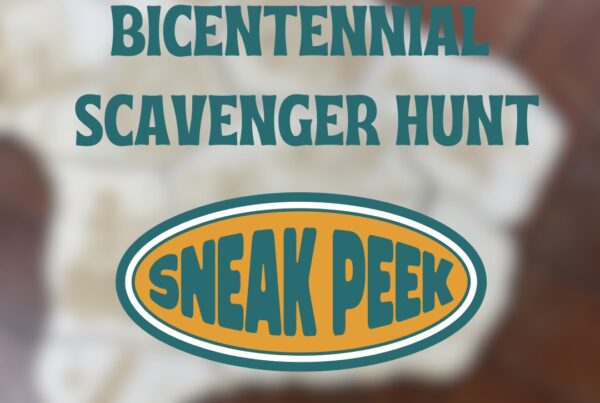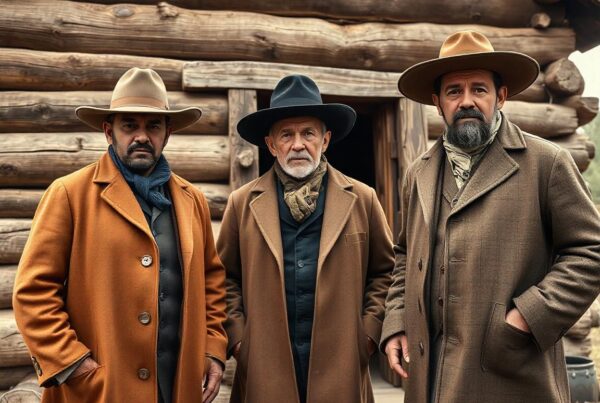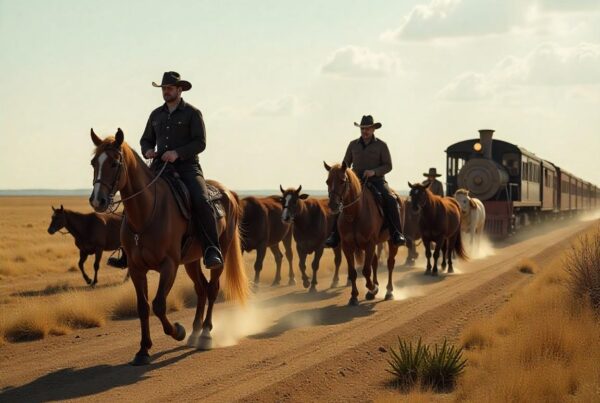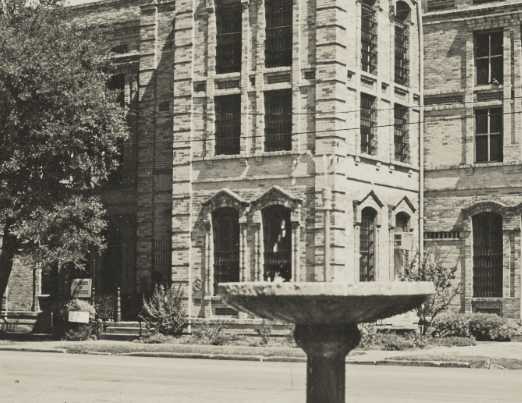On January 20, Inquirer editorials took controversial views: “It is time for the contractors to take up the dead trees on Courthouse Square and substitute live ones. If delayed longer miserable failure will result.” The article goes on to blame the incorrect planting of the trees by the contractor who won the bid to do the work. Apparently the trees were planted “too shallow.” On February 3rd, an Inquirer editorial ran: ” Put away revolvers. Human life is safer without them. Those who carry a revolver are in danger of using it to cause grief and despair to themselves and others. It is cowardly and lawless.” On February 3rd, Carey Pilgrim writes a letter of farewell as he resigns from the Inquirer. He says he associated himself with the paper in January of 1878 and then sold half interest to G.W. Jenks. Now, in 1883, he is putting the other half in Jenks’ control and will work at Boothe’s Corner selling dry goods.”
On February 10th, Saturday, reportedly the weather had been unusually warm and sultry for several days. On Saturday morning at 7 a.m., the temperature was 72 degrees. At 10 a.m. a strong cold north wind blew in, sending temperatures to freezing by noon. At sundown, the temperature was twenty degrees. On February 17th, the Inquirer staff was invited down to a sumptuous oyster supper at the restaurant of Barnes & Son who “know so well how to do the handsome thing [sic]. A new feature was the introduction of lemonade.”
The C.J. Pilgrim House was built, 707 St. George Street (Block 48). The Hugh Lewis House was built, 300 St. Paul Street (Block 31) – architect, Frederick Ruffini. Carl Reuter owned and operated the ice factory near the dam. The Guadalupe Baptist Church, five miles east of Gonzales, was under construction. By March, J.D. Houston, W.B. Houston, and J.W. Tinsley had built new residences. Major Cavett is building in front of Mr. Tinsley and C.J. Pilgrim is building between Mr. Boothe and Mrs. Matthias.
In March, Bob Houston, his brother, and Lee Kokernot lost 3,000 head of cattle from winter freezes. With the average value of the animals being $22, their loss was around $66,000. Their plan was to drive another 13,000 cattle. On March 17th, The firm of G.J. Boothe, George Boothe, and C.J. Pilgrim announced that Mr. Pilgrim was resigning. An accompanying letter from Mr. Pilgrim explains that he must devote his full attention to the Inquirer; though Mr. Boothe and George were like “father and brother” to him. On March 24th, John Fauth advertised that he had lime and cement on hand for those who wish to purchase.
The jail suffered a lice infestation, denied by W.W. Honnoll, deputy sheriff. Residents were bathing in the morning or evening in the Guadalupe River, a privilege not enjoyed by every town.
On March 31, Captain W.E. Jones drove 500 head of Texas mares purchased in southwest Texas to Kansas City for shipment east. He also ran a drive of over 2,000 cattle to Baxter Springs. Many were considering leaving the cattle driving trade: It cost $2.25 a head to ship and $2.00 to drive, but when losses are figured in, the difference is small.
In April, the Inquirer occupied the second floor of a building on the west side of Texas Heroes Square, adjoining the Keyser House on the south (Block 11). The Plaza Hotel later stood on this site, until it burned in January, 1966. The editor was Carey Pilgrim, the foremen were D.L. Beach and G.W. McNight (Beach and McNight left shortly after and Reese took over in 1885).
In April, construction on the first Catholic Church structure began. The Barnes & Sons Restaurant advertised spiced pigs feet. Citizens were dreading funerals because cemeteries were infested with Trombiculidae (aka “Chiggers”). A drought caused the corn crops to completely fail.
On May 26th, Joe Boothe shipped the first carload of cattle out of Gonzales via train. They were shipped to Galveston.
By July, the jail was declared “not fit for occupancy.” The Public Cemetary had been declared to be in “a very neglected, dilapidated condition. Breaks in the fence that could have been repaired at a little cost in a few moments have been widened by passage of cattle. It is a shame for citizens to neglect their dead.” Eight women and one man were baptized in the Guadalupe last Sunday evening by Reverend G.W. Smith.
In August, Mr. Sam Hamon killed a 10 feet alligator from the Guadalupe River. Captain G.W. Littlefield sold his home and moved to Austin. R.A. Houston’s new house was built to be 48′ x 64’ with an 18 x 64’ ell and two stories. The top of the cupola was 48’ from the foundation. A custom copper cow was made in San Antonio of copper to be placed atop the cupola. The house will have a billiard parlor. (This house stood at 700 St. Paul Street, Block 35). Letter postage increased two cents.
In September, J.D. and W.B. Houston passed through town Saturday with a herd of 500 stock cattle destined for the Pecos. They were shipped. “Unlike other drovers they did not go up north avenue through the principle street, but turned out back of the Presbyterian Church. A good idea”.
